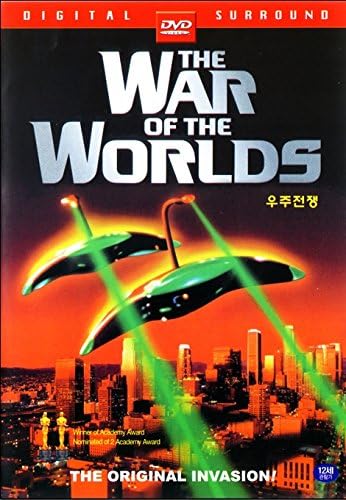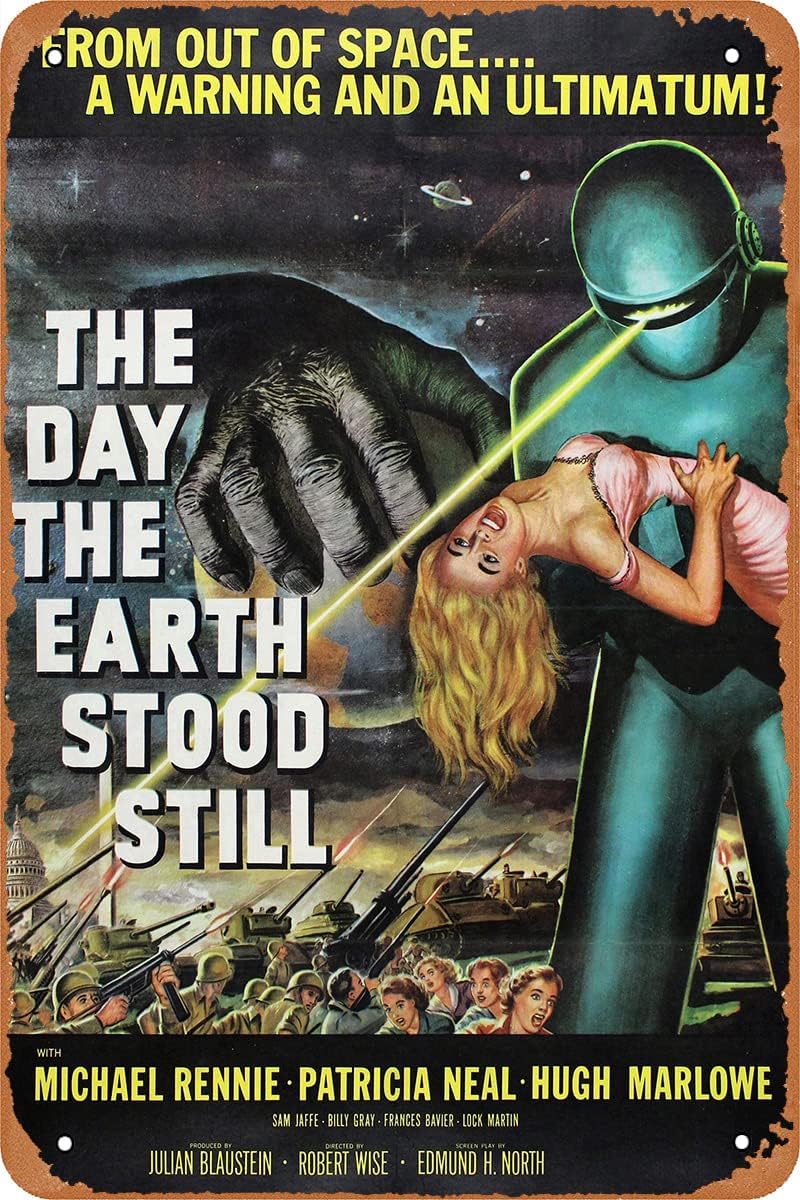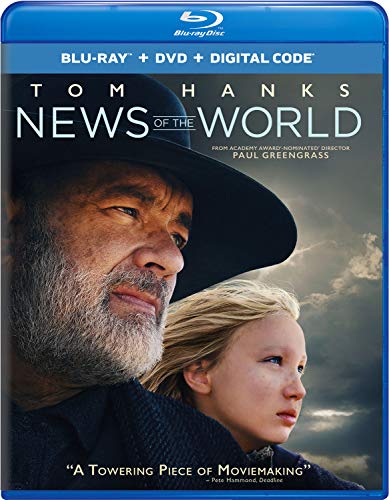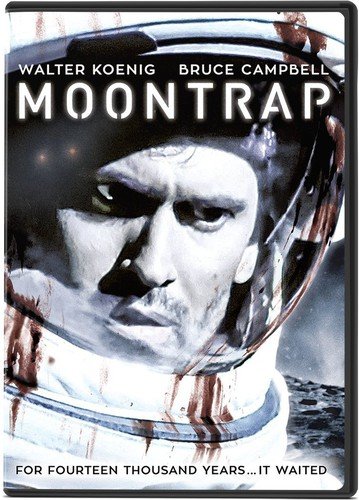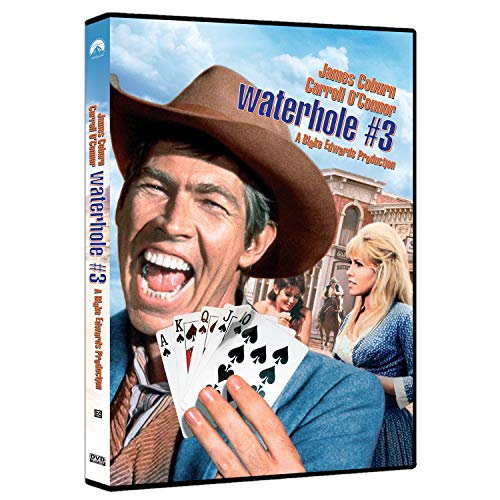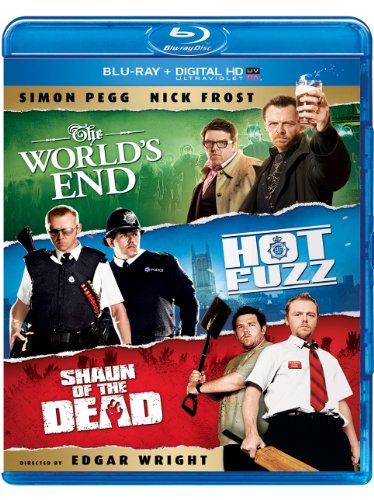YAPJIGM The Day The Earth Stood Still Movie Poster Retro Metal Sign for Cafe Bar Pub Office Garage Home Wall Decor Gift Vintage Tin Sign 12 X 8 inch

Price: $points - Details)
Every fan of the Universal Horror films of the 1930s knows that James Whale directed four of the best of those films: Frankenstein (1931), The Old Dark House (1932), The Invisible Man (1933), and Bride of Frankenstein (1935). But do they know he served as a Second Lieutenant in the British Army on the Western Front in the First World War, going to France in July 1916 and serving in the trenches? Do they know the details of his service? Do they know he was captured by the Germans in August 1917 and spent some 16 months in a German P.O.W. camp? Do they know he participated with the prisoners’ theatrical troupe while in the camp, and this led to his career on the stage? Do they know the details of how his first big break as a theater director came when he helmed Journey’s End, first in London and then on Broadway, a war play written by R.C. Sherriff, who had also served as a British officer on the Western Front? The details of how his first break as a credited film director came with the movie version of Journey’s End? That The Old Dark House is based upon Benighted, a novel by J.B. Priestley, who also served in the British Army on the Western Front, and that Great War themes figure prominently in both the novel and the film? Do they know about the influences of Great War themes in James Whale’s films? In The Great War and the Golden Age of Hollywood Horror, the reader will explore all these things, in detail, and will also read about other participants in the Universal Horrors who were involved in the War, and how the War influenced other aspects of those Universal films as well-down to the village sets used in nearly every Universal horror movie from Frankenstein through the 1940s. Little, if any, in-depth coverage of these topics exists. This book will take the reader over new ground, while revisiting old subjects with a new twist.
The decade of the 1930s is generally regarded as the “Golden Age” of the American horror film, with Universal as the studio which set the trend. Indeed, the term “horror film” arose when, following the success of Dracula (1930), 1 Universal declared its intention to make “another horror film.”2 That “other” horror film was, of course, Frankenstein (1931). The decade would see a string of horror films from Universal, including Murders in the Rue Morgue (1931), The Old Dark House (1932), The Mummy (1932), The Invisible Man (1933), The Black Cat (1934), Bride of Frankenstein (1935), Werewolf of London (1935), The Raven (1935), The Invisible Ray (1935), Dracula’s Daughter (1936), and Son of Frankenstein (1938). James Whale directed four of these films: Frankenstein, The Old Dark House, The Invisible Man, and Bride of Frankenstein, which are generally regarded by critics and fans alike as among the very best of these Golden Age Horrors. Whale, and other creative talents involved in these films, served with the British Army on the Western Front and saw combat in the First World War. The War influenced other Universal Horrors, as well.
This book will detail the War experiences of these individuals, and explore how those experiences, as well as the War itself, helped to shape Universal’s Golden Age Horrors. In coming up with this idea,
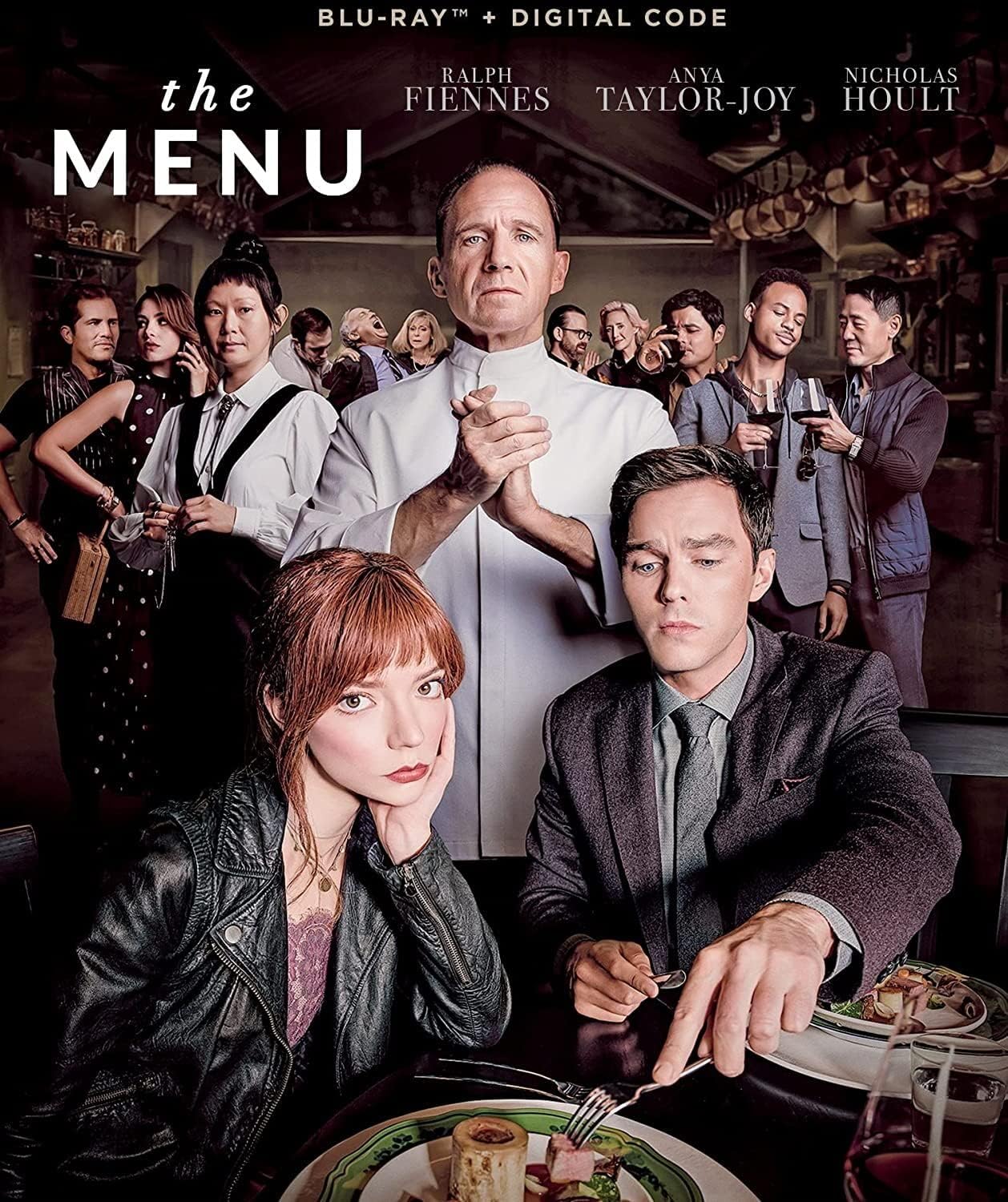
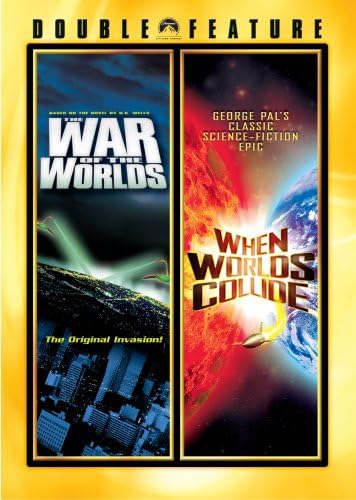
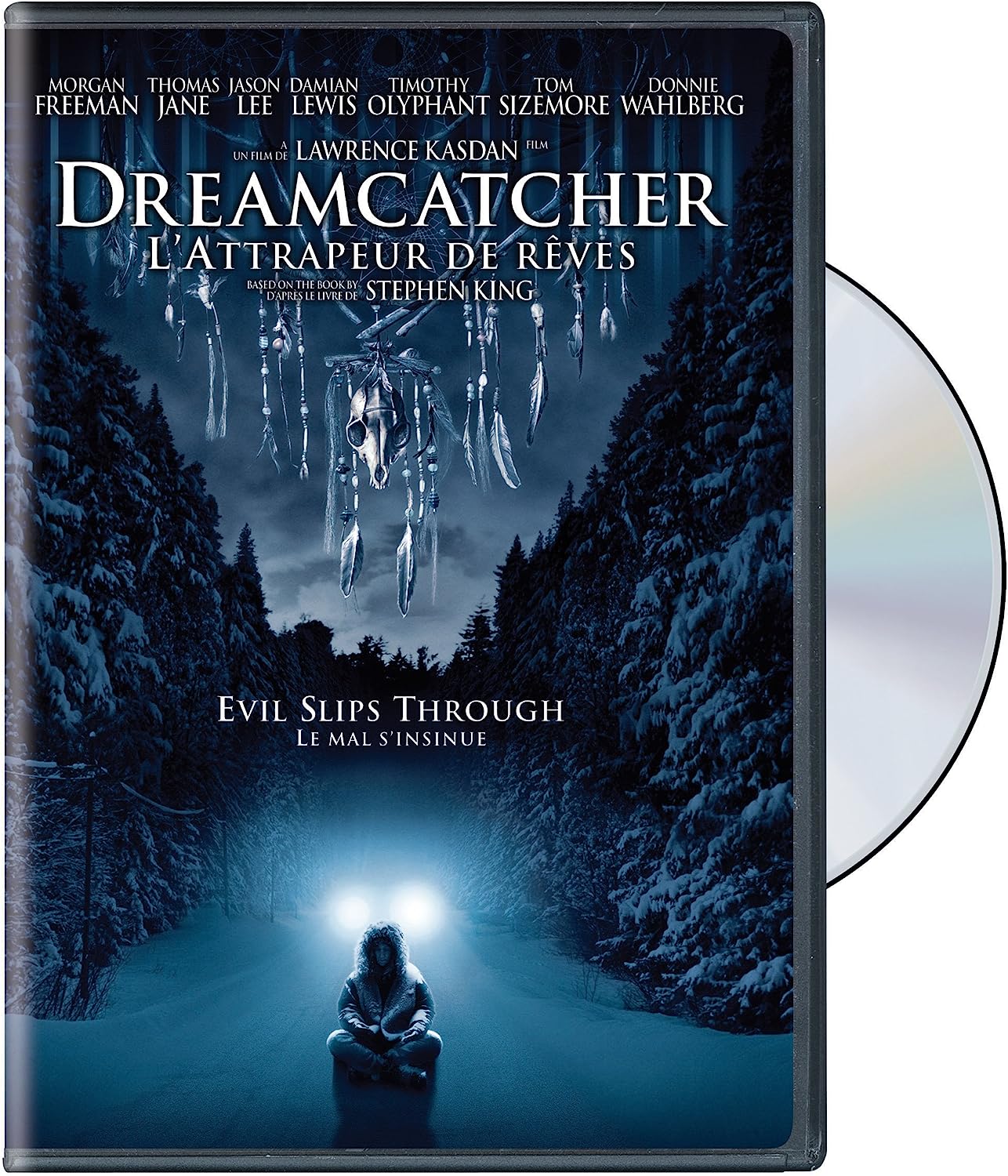
![The Day the Earth Stood Still / War of the Worlds [DVD-2 Pack]](https://www.hot-flicks.com/wp-content/uploads/2023/06/51JZ-z71N4L.jpg)
